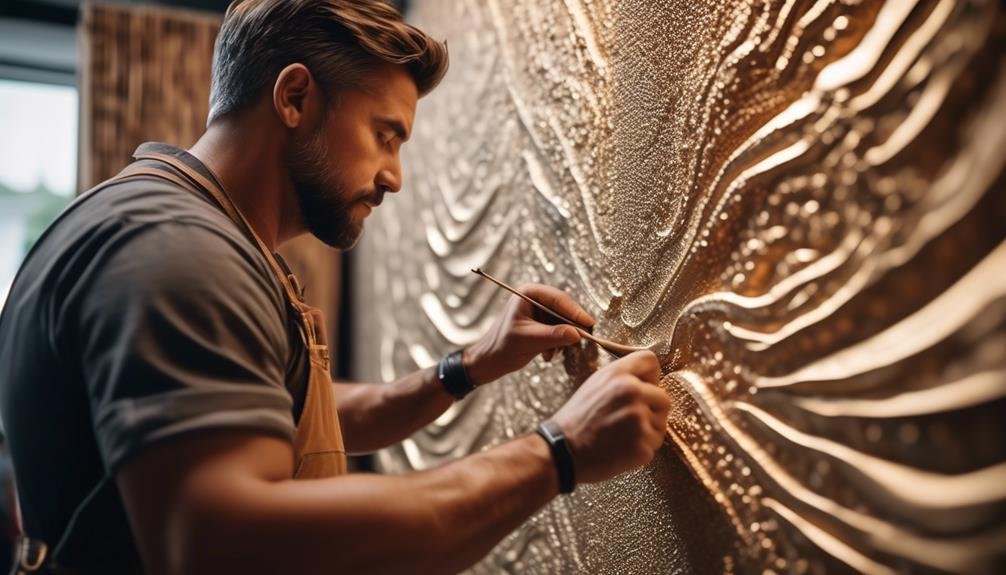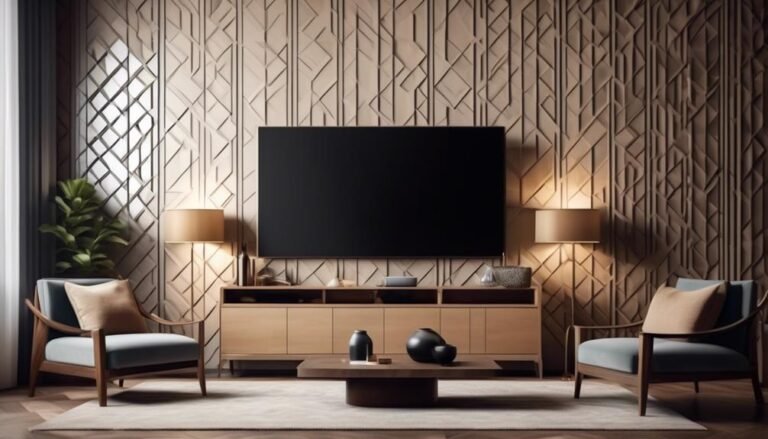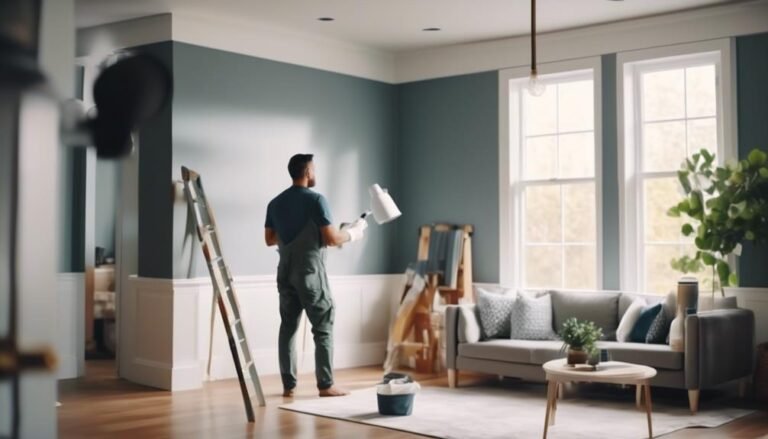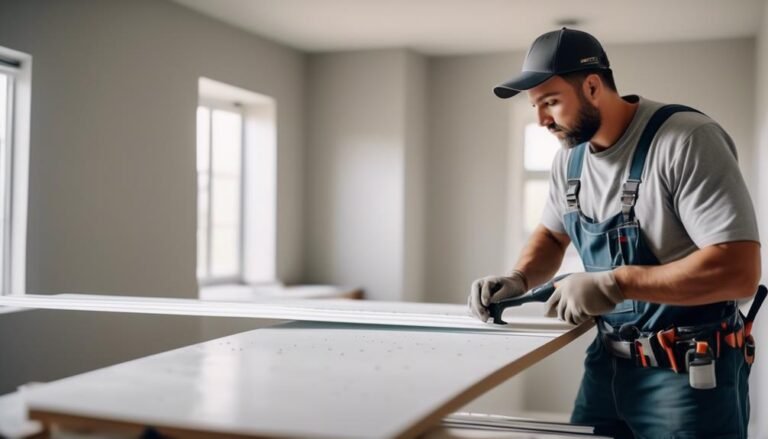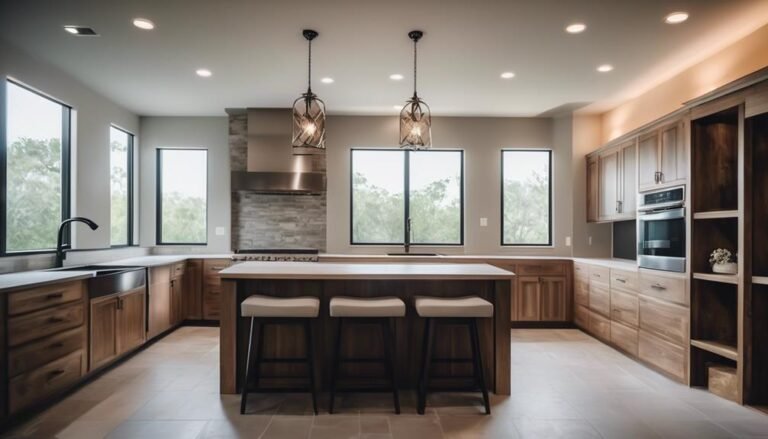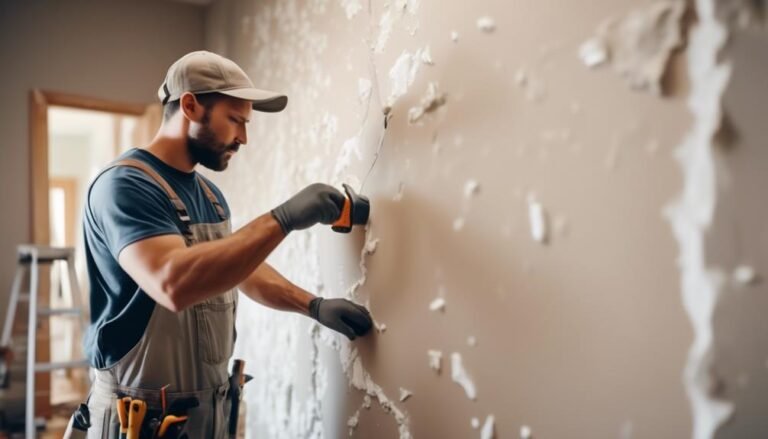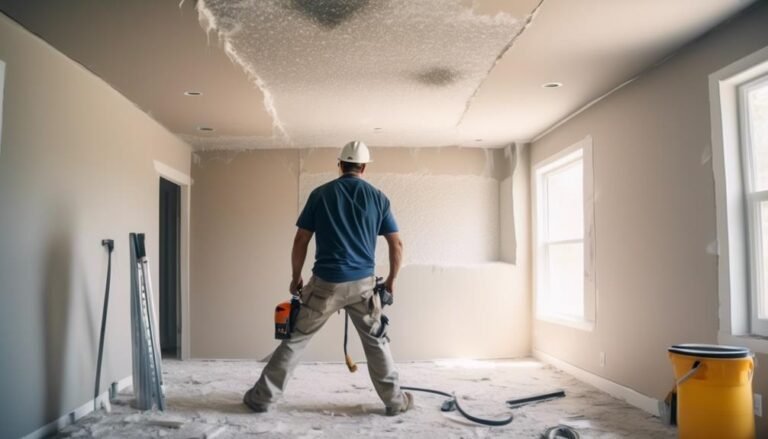Mastering Custom Wall Texturing for Antonio Homes
Want to take your Antonio Home interiors to the next level? Mastering custom wall texturing is the key. Understanding the techniques involved, choosing the right texture for each space, and perfecting the application process are essential steps in achieving a polished and distinctive look.
But what about troubleshooting common texturing issues and maintaining and repairing textured walls? These are equally important aspects to consider in the pursuit of flawless wall finishes that set Antonio Homes apart.
Key Takeaways
Ready to enhance the look of your Antonio Home interiors? Mastering custom wall texturing is the key. Understanding the techniques involved, choosing the right texture for each space, and perfecting the application process are essential steps in achieving a polished and distinctive look.
But what about troubleshooting common texturing issues and maintaining and repairing textured walls? These are equally important aspects to consider in the pursuit of flawless wall finishes that set Antonio Homes apart.
Understanding Custom Wall Texturing Techniques
Understanding how to create custom wall textures allows you to personalize the look of your home's interior. In San Antonio, wall texture can greatly enhance the atmosphere of your living spaces.
Two popular techniques for creating unique textures are drywall hung and orange peel finishes. Mastering these methods gives you the freedom to experiment with different textures that can completely change the feel of a room. Drywall hung textures give a smooth, polished appearance, while orange peel textures provide a subtle, slightly bumpy finish. These options not only add character to your walls but also effectively hide any imperfections or flaws in the surface.
Being able to choose from a variety of textures such as brick, stone, or wood allows you to customize the look of each room to match your individual style. Understanding the advantages and disadvantages of different wall textures empowers you to achieve the desired look, making your home a reflection of your unique taste and personality.
Choosing the Right Texture for Your Space
When choosing a wall texture for your home, it's important to consider the overall design and style to make sure it complements your decor and serves the desired aesthetic purpose.
Customizing wall textures involves selecting the right texture that works well with your interior walls. Different textures, like brick, stone, or wood, can create a unique and stylish look, so pick one that goes well with your decor and reflects your personal style.
Textured walls can also be practical as they help to hide imperfections or flaws, which makes them a great choice for high-traffic areas in your home. It's essential to ensure that the chosen wall texture aligns with the desired aesthetic and purpose of the space.
Whether you're aiming for a modern, rustic, or traditional look, the right texture can elevate the overall ambiance of your space. Prioritize high-quality options when selecting a wall texture, as they'll not only enhance the visual appeal of your home but also stand the test of time.
Mastering the Application Process
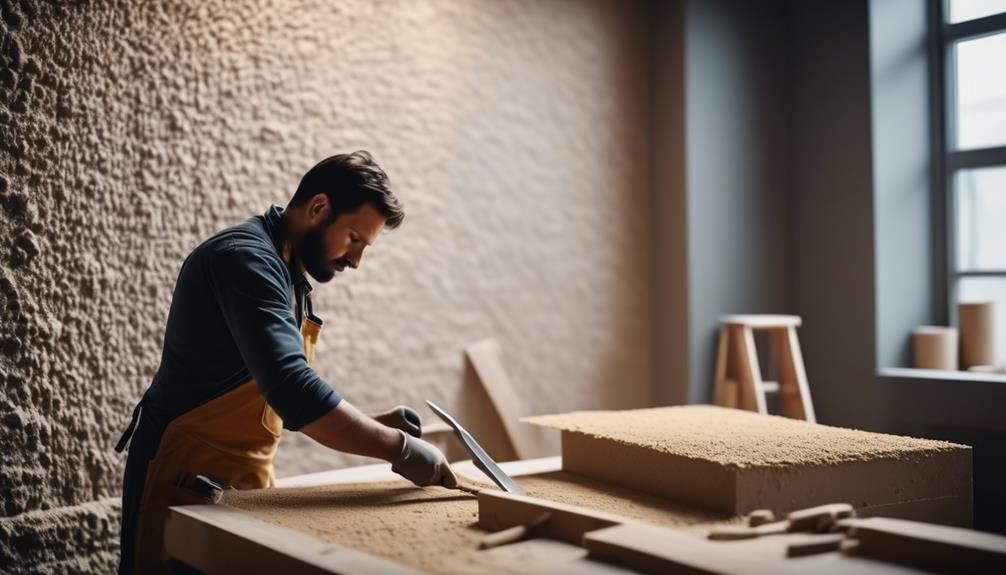
When it comes to wall textures, mastering the application process is crucial for achieving the look and functionality you want in your home. Using a spray rig truck for applying wall texturing ensures consistent coverage, giving your walls a professional finish. A professional crew can finish texturing for an entire house in about 2 hours, making it a quick and effective way to transform your space.
However, it's important to consider the type of texture that suits your specific needs. For example, while hopper texture can work well for an accent wall, it may result in chunky and uneven surfaces when applied to a whole house or an old house with uneven walls.
Additionally, weather can significantly impact the San Antonio housing market, influencing renovation strategies and the choice of wall texturing.
Troubleshooting Common Texturing Issues
If you're dealing with common texturing issues, it's important to address them right away to keep your walls looking great. Here are some tips to help you troubleshoot and fix common texturing issues:
- Start Small: If you're new to custom wall texturing, practice on a small, hidden area first. This will help you refine your technique and avoid potential issues on a larger scale.
- Use Good Tape: Make sure to use high-quality painter's tape to protect areas you don't want textured. Press the tape down firmly to prevent texture from seeping underneath, which can create messy edges.
- Choose the Right Paint: Using the correct type of paint for your chosen texturing technique is essential. Using the wrong paint can lead to uneven drying and an overall unsatisfactory result.
Maintaining and Repairing Textured Walls
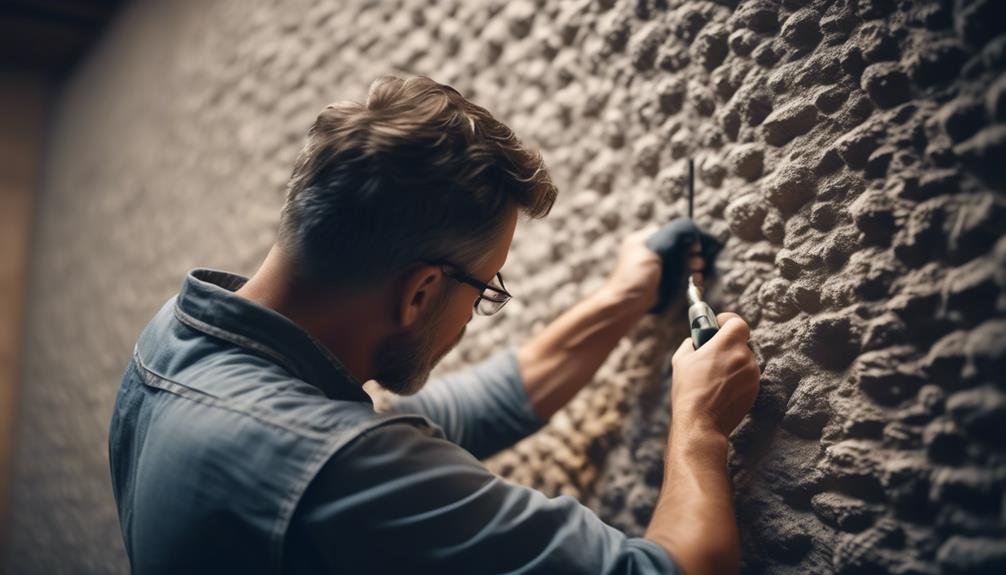
Keeping your textured walls in top shape is essential for maintaining the beauty and durability of your home. Regular upkeep, like using a soft brush or vacuum to clean, can help preserve the texture and prevent dirt buildup.
Addressing any cracks or holes promptly is important, and using joint compound to fill them in and retexture the area can effectively restore the wall's appearance. Matching the original texture when repairing is crucial for a seamless finish.
When it's time to repaint, using a roller with a thick nap can help evenly distribute paint across the textured surface. Properly sealing and priming repaired areas before repainting can help maintain the durability and appearance of your textured walls.
Frequently Asked Questions
How Much Does It Cost to Hire Someone to Texture Walls?
If you're thinking about hiring someone to add texture to your walls, you can expect to pay around $1.50 to $3.00 per square foot. The cost can vary based on factors like the type of texture you want, the condition of your walls, and how easy it is to access the areas that need to be textured. It's a good idea to get quotes from multiple professionals so you can compare prices and make sure all the necessary costs are included.
How Do Professionals Texture Walls?
Professionals use spray rig trucks to texture walls for even coverage. This helps the walls look smooth and uniform. A whole house can be finished in about 2 hours, which can save time and effort. It's important to avoid using hopper texture for big projects because it can lead to uneven surfaces. So, using a spray rig truck is a good idea for a professional finish.
What Is the Most Popular Wall Texture?
The most popular wall textures can vary depending on personal preference, but brick, stone, and wood textures are commonly chosen by homeowners. These textures can give your interior walls a unique and stylish look, adding visual interest and versatility to your living spaces. Choosing the right wall texture can help you create a cozy and welcoming atmosphere in your home.
How Do You Make a Bumpy Wall Texture?
If you want to create a bumpy texture on your wall, you can mix sand or texture additive into joint compound. Then, use a roller or trowel to apply it to the wall. Try out different techniques until you get the bumpiness you like. This will give your walls a unique and textured look, adding character to your home.

